Living with diabetes involves managing a range of symptoms and side effects that can impact various aspects of daily life. Diabetes, a chronic condition affecting millions worldwide, presents a range of symptoms that can significantly impact an individual’s routine. From neuropathy causing tingling and numbness to poor circulation leading to potential complications, managing these symptoms is crucial.
As part of a holistic approach to diabetes care, massage has gained recognition for its potential to alleviate symptoms and contribute to overall well-being. At Tattva Wellness Spa, we understand the unique challenges individuals with diabetes face, and we explore how massage can be a valuable tool in managing these challenges.
Benefits of Massage for Diabetes Management
Massage therapy can offer several benefits for individuals managing diabetes. While it is important to note that massage is not a replacement for medical treatment, it can be a valuable complementary approach. Here are some potential benefits of massage for diabetes management:
- Promoting Relaxation and Stress Reduction: Massage is renowned for its ability to induce relaxation and reduce stress. For individuals with diabetes, stress management is paramount as it directly influences blood sugar levels. By incorporating massage into a wellness routine, individuals can experience a significant reduction in stress, contributing to better glycemic control.
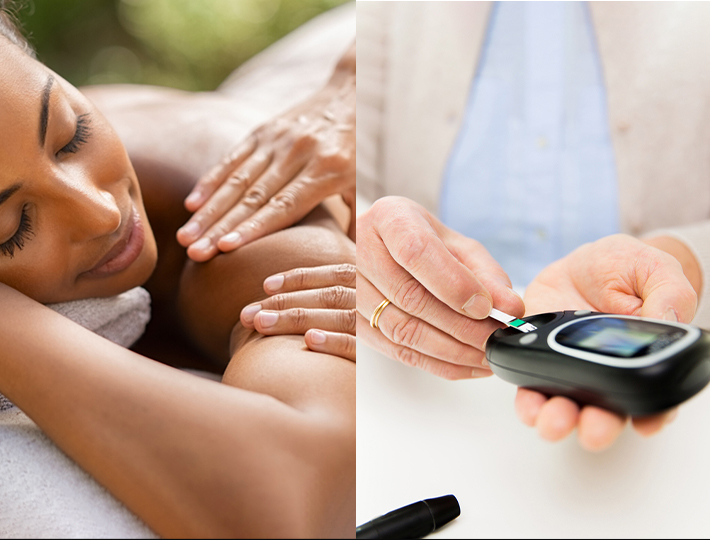
- Improved Blood Circulation: Massage techniques, when applied skilfully, can enhance blood circulation. This is particularly beneficial for individuals with diabetes who may experience compromised circulation. Improved blood flow supports overall vascular health, aiding in the prevention of complications related to poor circulation.
- Potential Impact on Glycemic Control: While not a substitute for medical interventions, massage may play a supportive role in glycemic control. Studies suggest that regular massage can contribute to better insulin sensitivity and glucose uptake, positively influencing diabetes management.
- Improved Range of Motion and Flexibility: Diabetes can sometimes lead to stiffness or reduced flexibility, especially in joints. Massage techniques that incorporate stretching and mobilization can help improve the range of motion, enhancing flexibility and promoting better physical function.
The Therapeutic Connection: Massage Strategies for Diabetes Care
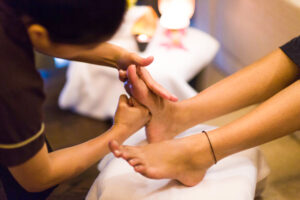
Massage techniques tailored to address the symptoms and side effects of diabetes can be beneficial in promoting overall well-being and managing specific issues associated with the condition. Here are some massage techniques that may be helpful:
- Swedish Massage: Swedish massage is known for promoting relaxation and reducing stress. The gentle strokes improve blood circulation, contributing to better overall well-being for individuals with diabetes. Its long, gliding strokes, kneading, circular motions, and tapping help with overall relaxation, stress reduction and improved circulation.
- Deep Tissue Massage: This massage is beneficial for individuals experiencing muscle tightness or discomfort associated with diabetes. It helps release tension in deeper muscle layers. Slow, firm pressure and strokes, focused on specific areas of tension help target deep muscle layers, addressing muscle tension.
- Reflexology: This technique is particularly useful for individuals with diabetic neuropathy. It improves circulation and addresses foot-related issues by stimulating specific reflex points. Applying pressure to reflex points using the thumb & fingers, helps stimulate specific points on the feet or hands corresponding to organs and systems in the body.
- Lymphatic Drainage Massage: This massage helps reduce swelling or edema, which some individuals with diabetes may experience. Gentle, rhythmic strokes following the direction of lymph flow, help encourage lymphatic circulation and reduce fluid retention.
Neuropathy Relief through Massage: Alleviating Tingling and Numbness
Neuropathy, a common complication associated with diabetes, often manifests as tingling, numbness, and pain in the extremities. While medical management is crucial, massage therapy can play a supportive role in alleviating these symptoms. Here is an exploration of how massage contributes to neuropathy relief and the role of increased blood flow in supporting nerve health.
- Improved Blood Circulation: With the help of expert rhythmic strokes to stimulate blood circulation, massages contribute to improved oxygen and nutrient delivery to peripheral nerves, promoting overall nerve health. This increased circulation aids in reducing the sensations of tingling and numbness.
- Release of Tension and Compression: Tension and compression on nerves can exacerbate neuropathic symptoms. Massage helps alleviate these pressures, providing relief from the discomfort associated with tingling and numbness.
- Stimulation of Peripheral Nerves: This stimulation helps to activate nerve pathways, potentially improving nerve function and reducing sensations of numbness. It also promotes the release of endorphins, the body’s natural painkillers.
Understanding How Enhanced Blood Flow Supports Neural Well-Being
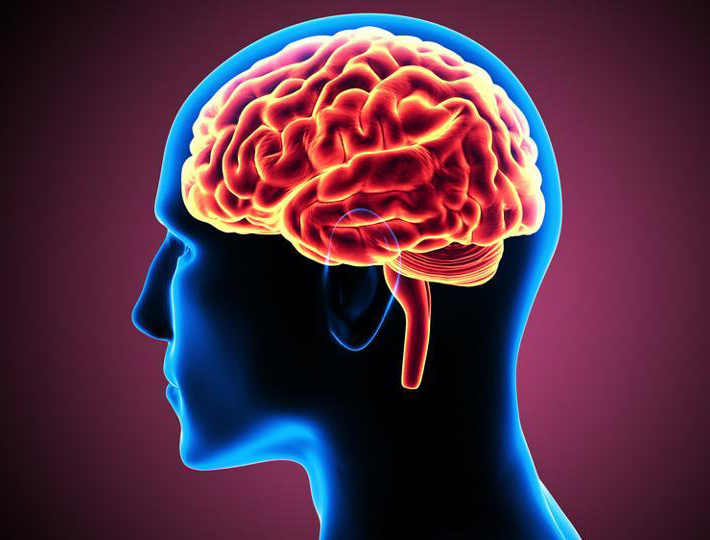
Enhanced blood flow plays a crucial role in supporting neural well-being by facilitating a range of physiological processes that are essential for the health and function of the nervous system, such as
- Massages ensure a more efficient delivery of essential nutrients and oxygen to nerve cells.
- Efficient waste removal is vital for preventing the buildup of toxins around nerves, which can contribute to neuropathic symptoms. massages promote the removal of metabolic waste products from tissues
- Chronic inflammation is a common factor in neuropathy. By mitigating inflammation, massage supports an environment conducive to nerve healing and regeneration.
- Neuroplasticity is crucial for nerve cells to adapt and recover from damage. Improved blood flow aids in creating an environment that facilitates neuroplastic changes.
The Role of Massage in Blood Sugar Balance
Massage therapy has been associated with various health benefits and one area where it may play a role is in circulatory support and improved blood sugar regulation.
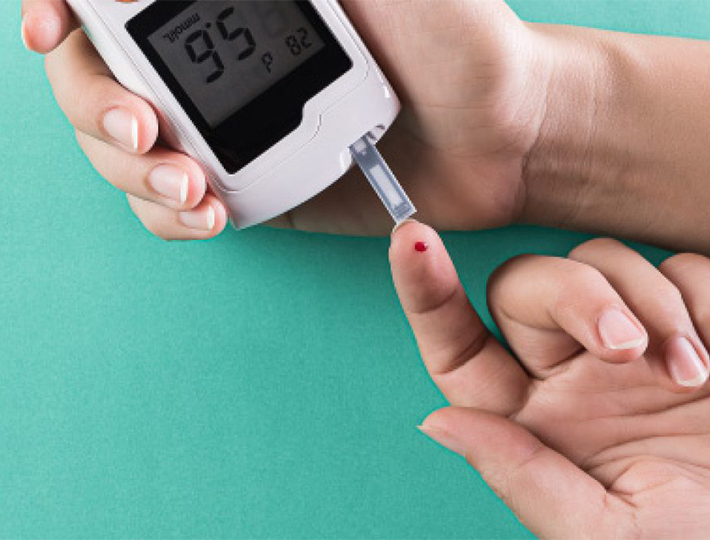
Massage techniques, such as effleurage and petrissage, involve rhythmic strokes and pressure on the body’s soft tissues. These movements can stimulate blood flow and contribute to the following-
- Enhanced circulation facilitates the delivery of oxygen and nutrients to cells while aiding in the removal of waste products. This increased exchange can contribute to overall tissue health.
- Research suggests that massage may influence insulin sensitivity. Insulin is a hormone that plays a crucial role in regulating blood sugar levels. Improved insulin sensitivity means that cells are more responsive to insulin, leading to better blood sugar control.
- A study published in the International Journal of Neuroscience found that massage therapy reduced cortisol levels, a stress hormone associated with insulin resistance. By reducing stress and cortisol, massage may indirectly contribute to better blood sugar regulation.
- Chronic inflammation is linked to various health issues, including insulin resistance. Massage has been shown to have anti-inflammatory effects by reducing inflammatory markers such as cytokines.
- By minimizing inflammation, massage may help create a more favourable environment for proper insulin function and glucose regulation.
Role of Massages in Stress Reduction for Optimal Diabetes Wellness
The relationship between stress and diabetes is well-established, and managing stress is a crucial aspect of overall diabetes care. Chronic stress can negatively impact blood sugar levels and exacerbate the complications associated with diabetes. Massage therapy has been recognized as an effective tool for stress reduction. The calming effects of massage can help activate the parasympathetic nervous system, promoting a relaxation response that counters the stress-induced “fight or flight” mode. Through the release of endorphins, the body’s natural feel-good hormones, massage can contribute to an improved mood and a sense of well-being, reducing overall stress levels. They also help with-
- Cortisol Regulation: By modulating cortisol levels, massage may help alleviate the impact of chronic stress on insulin sensitivity and blood sugar regulation.
- Improved Sleep Quality: Massage has been associated with improved sleep quality, potentially helping individuals with diabetes achieve better overall health outcomes.
- Mind-Body Connection: Massage promotes a mind-body connection, encouraging individuals to be more aware of their bodies and fostering a sense of mindfulness.
Precautions and Consultation Process
Incorporating massage into a diabetes management plan can offer various benefits. Massage can potentially affect blood sugar levels.
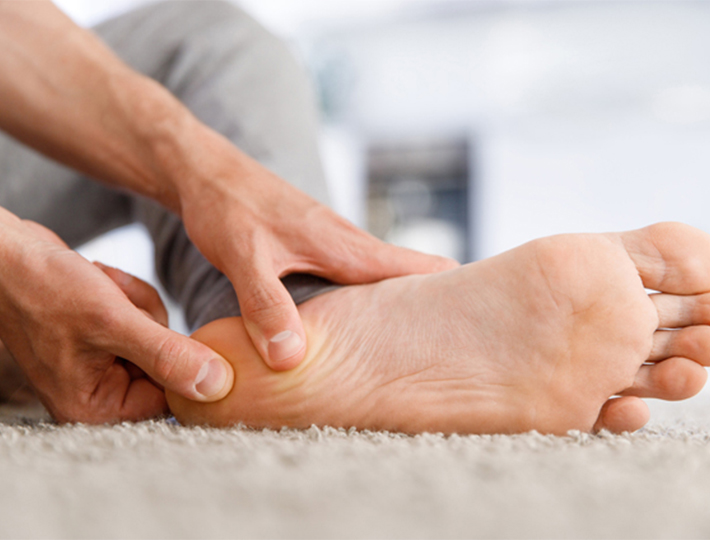
Individuals with diabetes need to monitor their blood sugar before and after massage sessions to understand the impact and make any necessary adjustments to their diabetes management plan. Here are some important considerations regarding precautions and the consultation process:
- Foot Care Considerations: Individuals with diabetes are at an increased risk of foot-related complications. Massage therapists need to be aware of any foot issues and take appropriate precautions during sessions to avoid causing harm. Individuals should inform their healthcare providers about any foot concerns before incorporating massage into their routine.
- Communication with the Massage Therapist: Individuals should provide comprehensive information about their health status, diabetes management plan, and any concerns or sensitivities they may have.
- Holistic Diabetes Management: Massage is just one component of a holistic diabetes management plan. Healthcare providers can help individuals integrate massage into a broader strategy that includes medication management, diet, exercise, and other lifestyle modifications.
- Frequency and Duration: Healthcare providers can offer guidance on the frequency and duration of massage sessions based on individual health conditions and overall diabetes management goals. They may provide recommendations on how massage can be integrated into a broader wellness plan.
Effortless Booking for Your Wellness Sessions at Tattva
Tattva Wellness Spa recognizes the unique needs of individuals and their massage techniques address specific concerns and conditions. Whether it is targeting muscle tension, addressing, or promoting relaxation, therapists use a variety of techniques to create a bespoke experience for each guest. The spa places a strong emphasis on creating a serene and comfortable environment for clients. From the ambience of treatment rooms to the choice of soothing music, every detail is carefully curated to enhance relaxation and overall comfort during the massage. At Tattva Wellness, individuals can conveniently schedule their sessions at their preferred time and location either through online booking or by contacting our customer service team. If you haven’t experienced a messaging session yet, it’s the perfect time to make a booking.


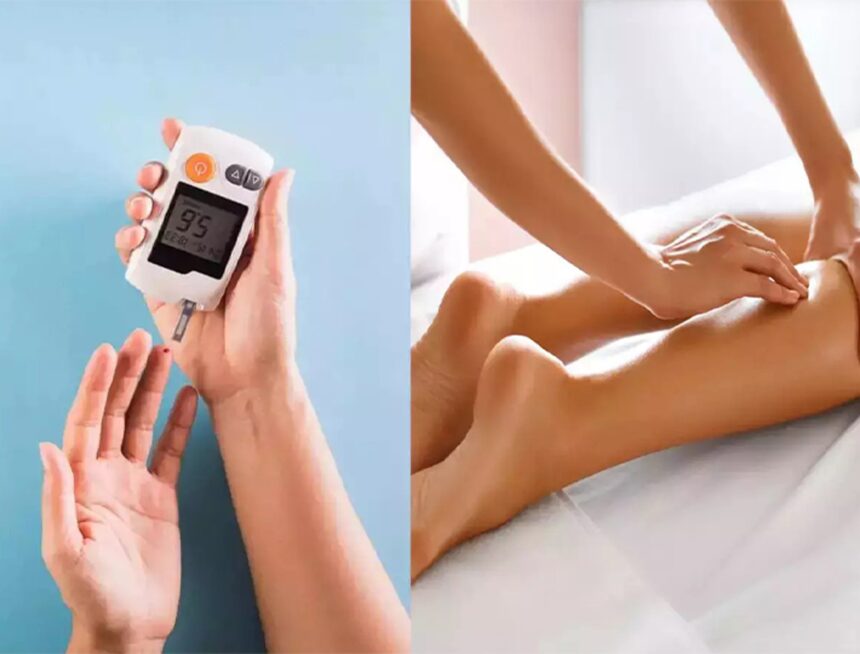

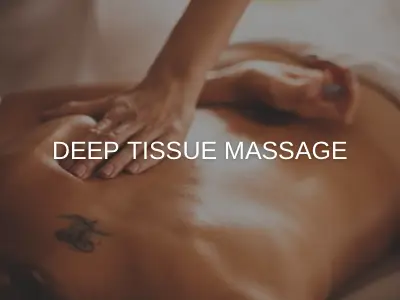







Leave a Reply